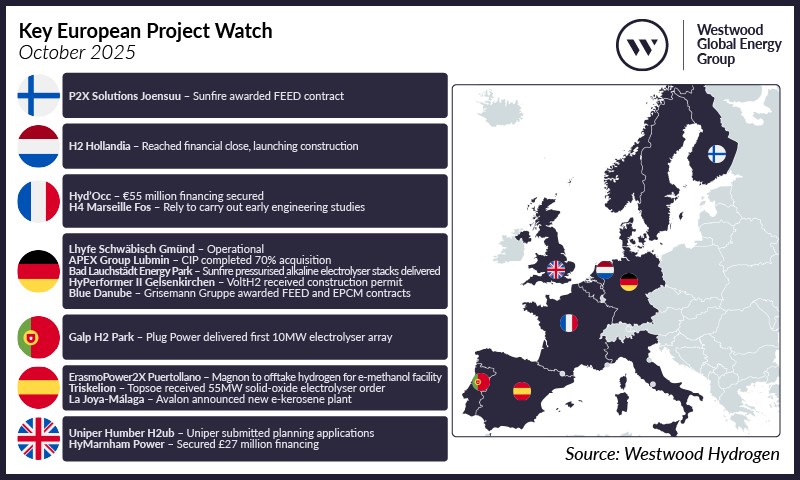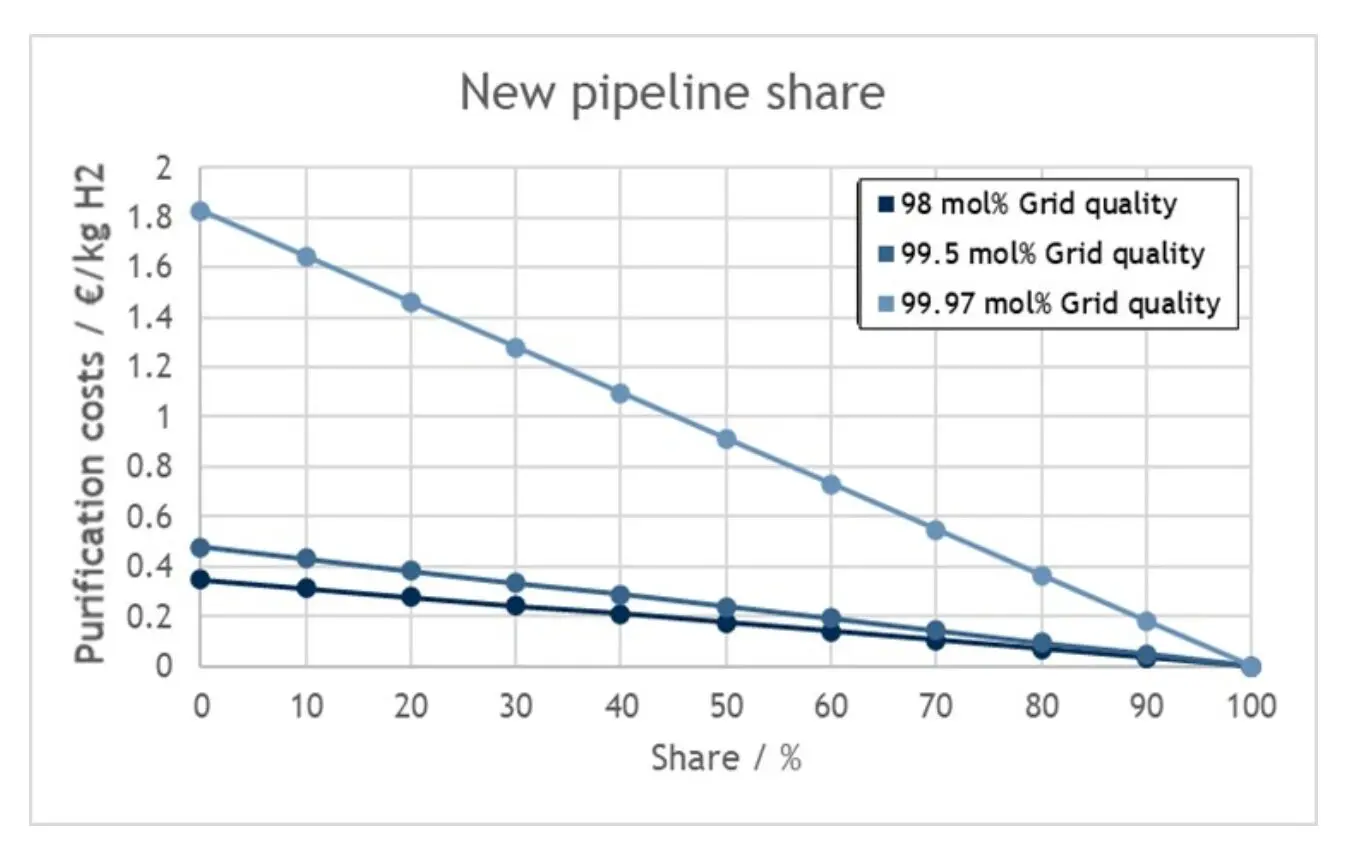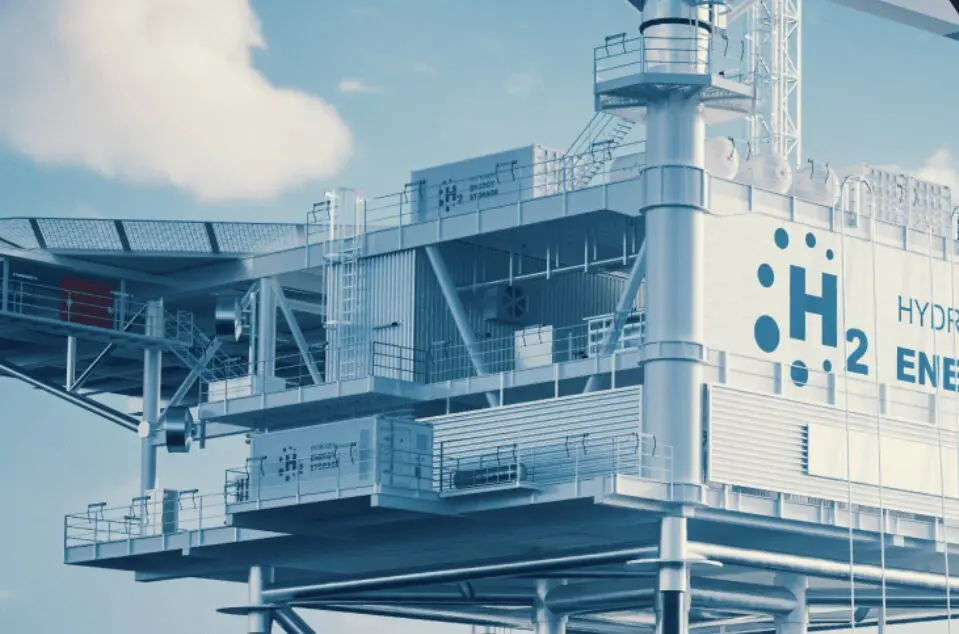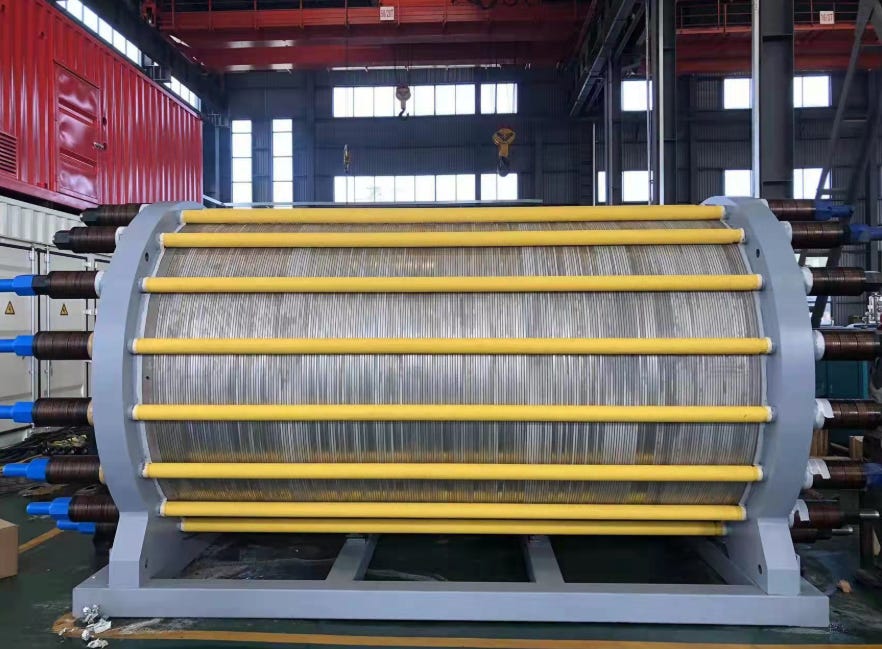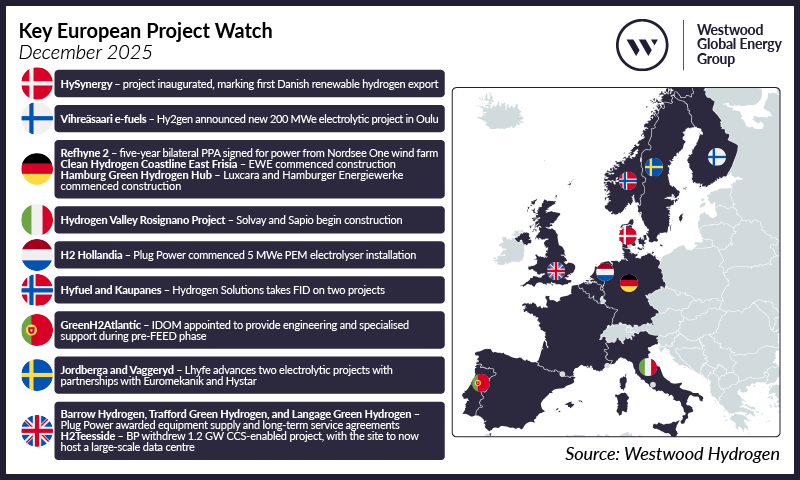
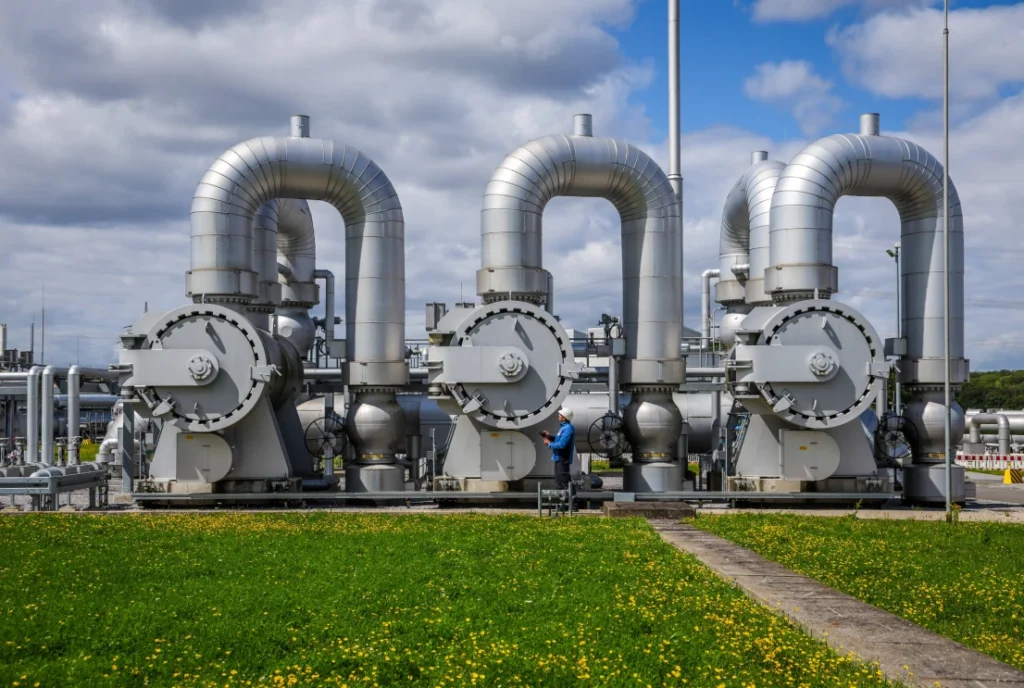
The country aims to build new gas-fired power plants that would eventually be converted to hydrogen use, once that technology is fully operational. Plans call for 5 GW worth of tenders starting early next year, with plans for an eventual total of 10.5 GW.
The 2 GW of modernisation projects would run roughly parallel to the first 5 GW tender. According to the German economy ministry, there is no short list of potential candidates for conversion.
Experts reckon that government criteria calling for converted plants to improve efficiency by at least 20% will probably favour older combined cycle gas turbines, since that big an efficiency boost is unlikely with newer ones, nor with other plant designs.
Looking at the current stock of lower efficiency gas-fired plants means there are about 45 eligible plants with a total capacity of 7.3 GW.
But the government has also said any converted plants would have to be near the eventual route of a hydrogen pipeline, meaning some of those 45 facilities might be out of range.
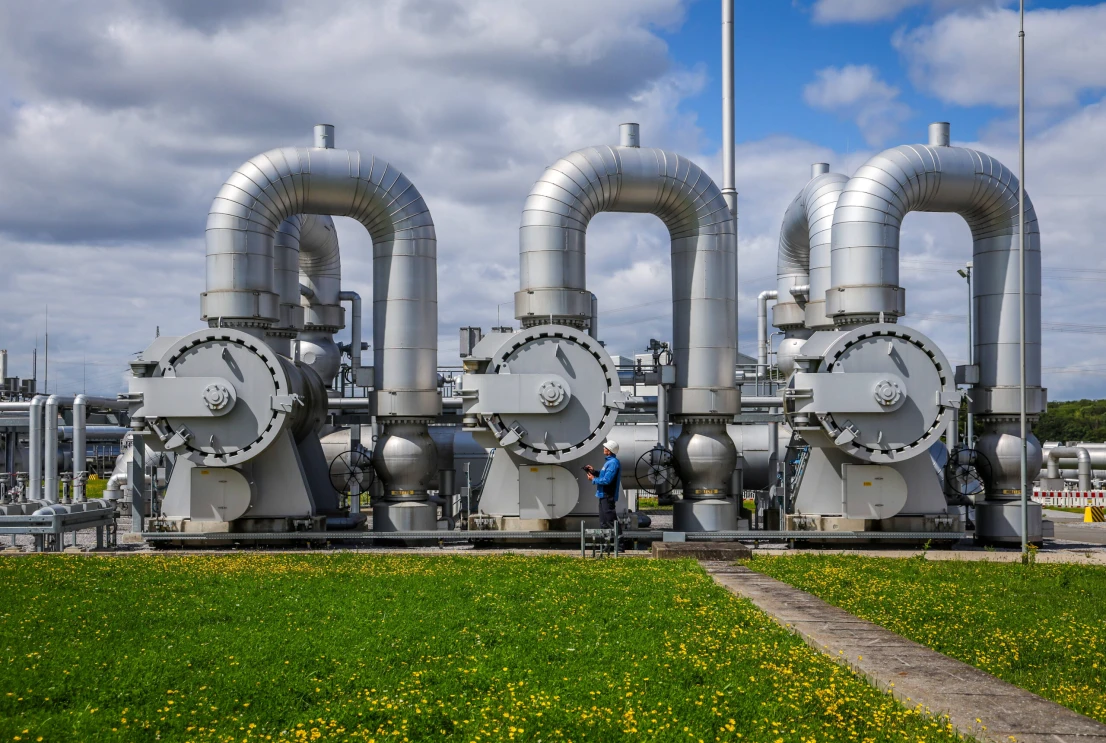 Photo: Rupert Oberhäuser/IMAGO/NTB
Photo: Rupert Oberhäuser/IMAGO/NTB
German energy regulator BNA aims to approve the country’s initial hydrogen grid plan by the end of this month.
Still, there should be sites aplenty, says Timon Gross, unit manager for sustainable power systems division at German energy industry lobby BDEW.
“Of course, the selection of sites is not unlimited, but it is not so limited that we have to worry that it will be underbid due to limited sites,” he told Montel.
Nevertheless, the government proposal stipulates that modernising a plant should cost at least 70% of new construction, which will also exclude some candidates. Existing sites are also most likely in places where there is proven power demand.
Experts said that sticking to 2 GW of conversion make sense, because Germany needs new capacity amid the planned coal exit by 2038, which cannot be achieved with modernising alone.
“From a logical standpoint, it should be cheaper to modernise than to build new plants, but if they don’t have enough capacity then they don’t have enough capacity. Something needs to plug the gap,” said Ellie Chambers, an analyst with consultancy ICIS.
Furthermore, the government has indicated that it would like to expand the rollout beyond the current plans for 12.5 GW of new and refurbished capacity, which means some of the plants that do not make the existing cut might be considered eventually.
Timm Kehler of industry lobby group Zukunft Gas noted that a middle way might be setting up new plants adjacent to existing facilities, which would allow the new structure to take advantage of some of the benefits of the existing site.
But it is not clear if refitting an old plant is the cheaper option, with a lot depending on demolition and conversion steps that may be necessary.
Andreas Christidis of the Reiner Lemoine Institute noted that a new construction project could include plans for converting from gas to hydrogen from the start, which could save costs, while a conversion for a plant that was never originally considered for conversion would most likely include the pricy replacement of at least the gas turbines.
That said, Christidis noted that a well-planned conversion could be done with a downtime ranging from a few weeks to 3-4 months.
More controversial are proposals to include existing coal plants in the conversion scheme.
Christidis and Kehler reckoned that a conversion to gas followed by a conversion to hydrogen should be possible. Gross noted that the costs would be higher but could be manageable.
However, Paul Martin of the Hydrogen Science Coalition said the only likely benefit of using an old coal facility would be the fact the site already had key attributes like a substations and a grid connection.
Source: Montel New




